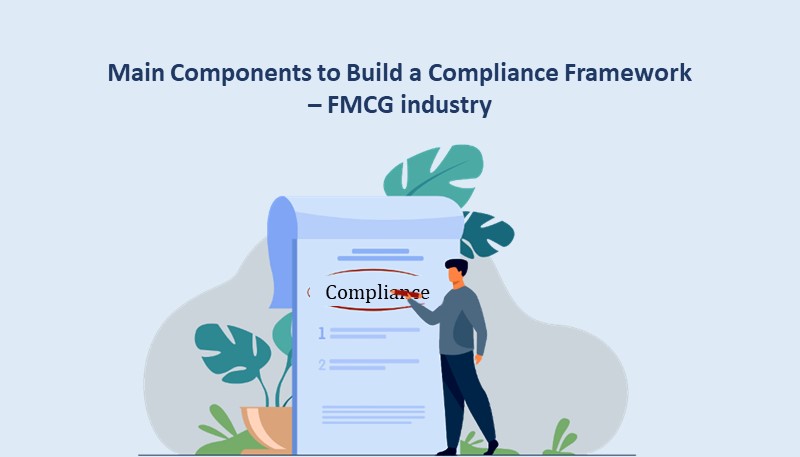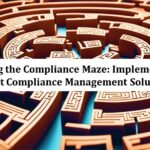FMCG as an industry is known for its risk. Due to the nature of their business, which involves producing and distributing goods that are consumed quickly and have a high turnover rate, risk management is key. One of the most critical risks that FMCG companies catering to the 1.3 billion Indian population is the regulatory compliance-related risk. With the enormous spectrum of laws that apply especially with the emergence of Environmental, social and governance (ESG) reporting in the form of Business Responsibility and Sustainability Reporting (BRSR), most big FMCG companies are making compliance their priority. However, compliance is never easy and never the most exciting thing that an organization does. Without a concrete framework, being 100% compliant is next to impossible. We highlight the 3 major components to build a concrete compliance framework for an FMCG company.
- Assessment of regulatory requirements: Assess and identify your entire regulatory landscape. There are laws, rules & regulations that cast a clear and tangible set of actionable on your organisation basis its location, incorporation, operation, machinery, number of employees, food safety, weights and measures and many other factors. It is extremely important to identify a partner who would ideally carry out an assessment and lay out the laws that are applicable to you and further identify the actionable under them. However, one of the key aspects of this assessment exercise is the ongoing updates. A checklist that is not updated is outdated and holds no value, thus the assessment process should be accompanied by ongoing updates to the checklist.
- Adapt compliance management software: Compliance management software provides a centralized platform to store and manage all compliance-related data. A single source of truth across the organization. A platform which gives visibility and transparency towards compliance at every level. The tool enables FMCG companies to track and monitor compliance activities in real time across all departments and functions. It helps keep track of compliance deadlines, action items, and progress on various compliance initiatives, ensuring timely completion of tasks. Most importantly, compliance management software promotes consistency and standardization in compliance processes and procedures. Some Compliance management software like Komrisk also provide intuitive and analytical reports which further adds value to the overall management of compliance.
- Sensitize: Sensitization ensures that all employees involved in the production, distribution, and marketing of FMCG products are aware of the importance of adhering to quality, safety, and regulatory standards. This helps prevent product recalls, health risks, and negative impacts on consumer trust. The complex web of regulations covers aspects such as product labelling, packaging, ingredient standards, and safety protocols. FMCG companies often have intricate supply chains involving various suppliers and partners thus sensitization extends beyond internal employees to include suppliers and the process of sensitization is enormous and partners, fostering a consistent understanding of compliance requirements throughout the supply chain.
While the above three ingredients of a robust compliance framework might seem like a herculean task, with the help of technology and knowledge partners like Lexplosion, large FMCG companies have been successfully able to establish a compliance framework and implement it across their entire organization. Our experience has shown that these organisations have reduced non-compliance by almost 25% and reduced overall costs by almost 30%.
Get in touch with us to understand how we can help an Indian organization such as yours, seamlessly adopt customised compliance management software and create a strong compliance regime for your organization.
Written by: Kanishka Bose
Co-authored by: Koushik Sinha
Disclaimer
All material included in this blog is for informational purposes only and does not purport to be or constitute legal or other advice. This blog should not be used as a substitute for specific legal advice. Professional legal advice should be obtained before taking or refraining from an action as a result of the contents of this blog. We exclude any liability (including without limitation that for negligence or for any damages of any kind) for the content of this blog. The views and opinions expressed in this blog are those of the author/(s) alone and do not necessarily reflect the official position of Lexplosion Solutions. We make no representations, warranties or undertakings about any of the information, content or materials provided in this blog (including, without limitation, any as to quality, accuracy, completeness or reliability). All the contents of this blog, including the design, text, graphics, their selection and arrangement are the intellectual property of Lexplosion Solutions Private Limited and/or its licensors.
ALL RIGHTS RESERVED, and all moral rights are asserted and reserved.





